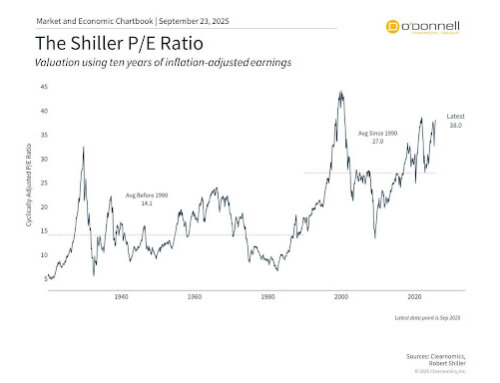
Most large private employers offer their employees a 401(k) account. This is a tax-friendly retirement plan that allows you to use payroll deductions through saving and investing. It’s become a vital part of retirement planning as the traditional pension plan slowly fades. But to figure out all there is to know about 401(k)s, you have to first understand how they work, how to enroll and how to maximize benefits.
A 401(k) works by taking contributions directly from your paychecks before they are taxed. You can decide how much you invest each pay period, but there are maximums to keep in mind. The maximum contribution for 2019 will be $19,000, a $500 increase from 2018.If you’re over the age of 50, you can also use catch-ups. These allow you to boost your savings by contributing up to $6,000 more to your retirement accounts as a last-minute way to build your retirement funds. It’s important to remember that even though you don’t owe taxes until you make a withdraw, after you begin withdrawals, you owe regular income taxes on them. It’s also important to know any fees that could come with early-withdrawal, if you are younger than age 59 ½ you could face up to 10% in penalties. It’s important to pay close attention to penalties and fees to avoid losing money.
Aside from the penalties you could face, there are plenty of benefits of a 401(k). Not only does having a 401(k) account build up your nest egg, it also lowers your current tax bill. Since the money is taken on your pre-tax paycheck, the amount of your current wages that can be taxed decreases. Some companies also offer a 401(k) match. Contributing enough to get the full employer match is basically offering COMPLIMENTARY money for your retirement. This way, you’ll have more money to put towards financing your retirement goals.
Some employers offer a mix of mutual funds to invest in. Some of these could include low-cost index funds, company stock and variable annuities. You might also have the option of a Roth IRA which is different because it is made with after-tax dollars. So, for a Roth IRA, you pay the taxes now and can then withdraw tax COMPLIMENTARY.
There’s so much to learn about 401(k)s, and it’s important to know all the facts so that you can better prepare your retirement portfolio. Don’t leave your retirement income to chance, click here to schedule your no cost, no obligation financial review. The professionals at O’Donnell Financial Group can help you look at your 401(k) accounts and more to make sure that your plan is solid.







